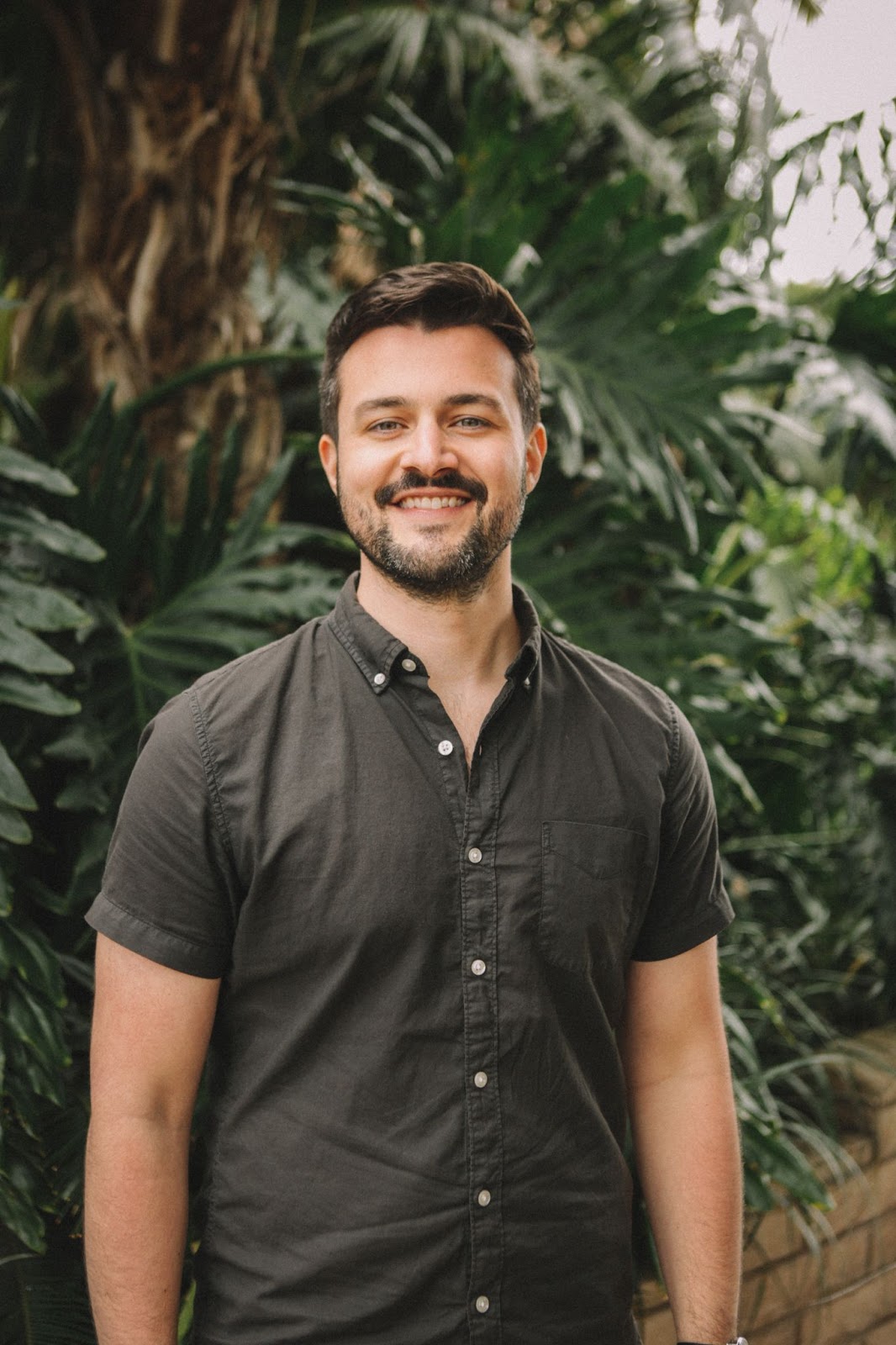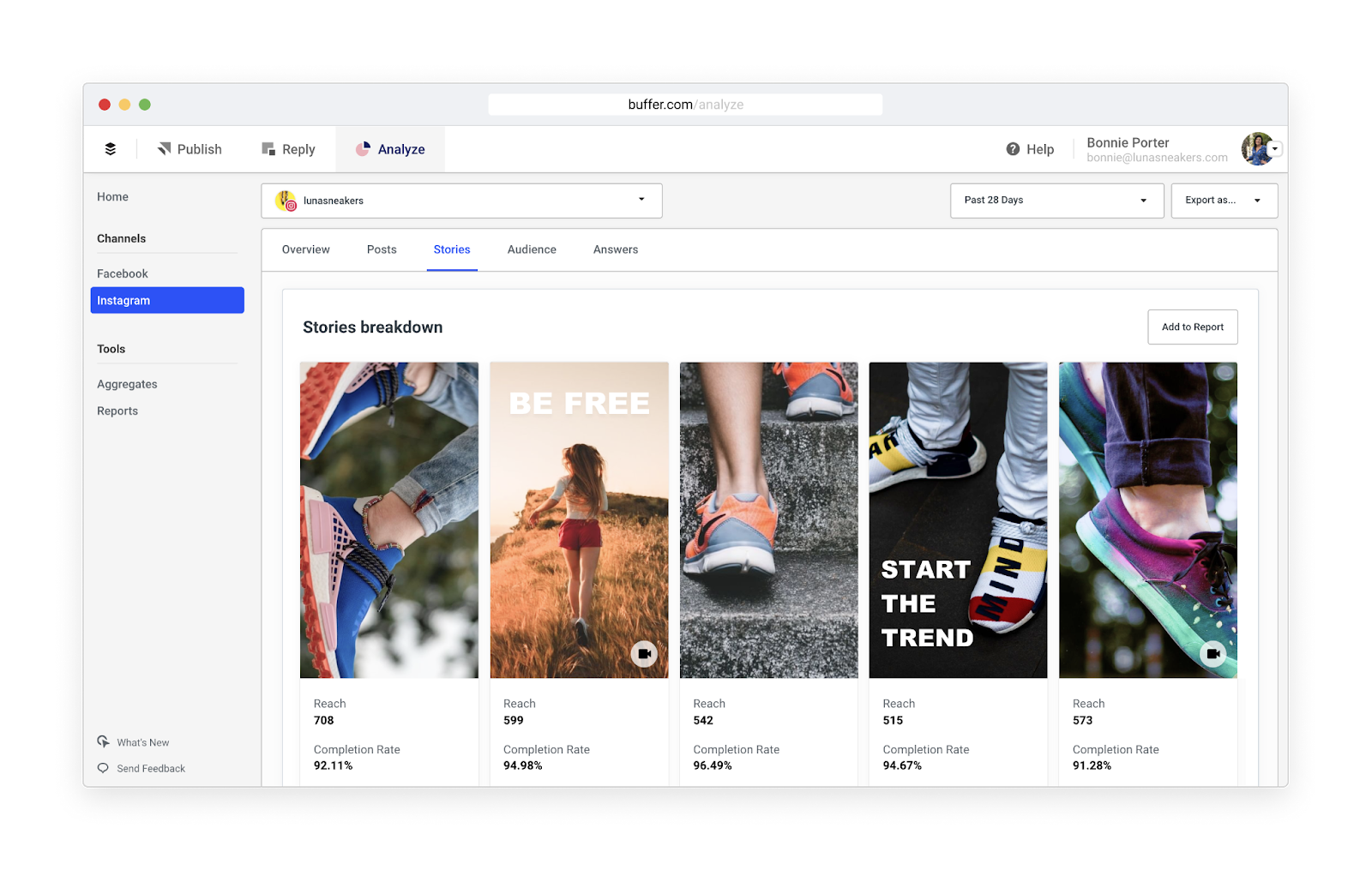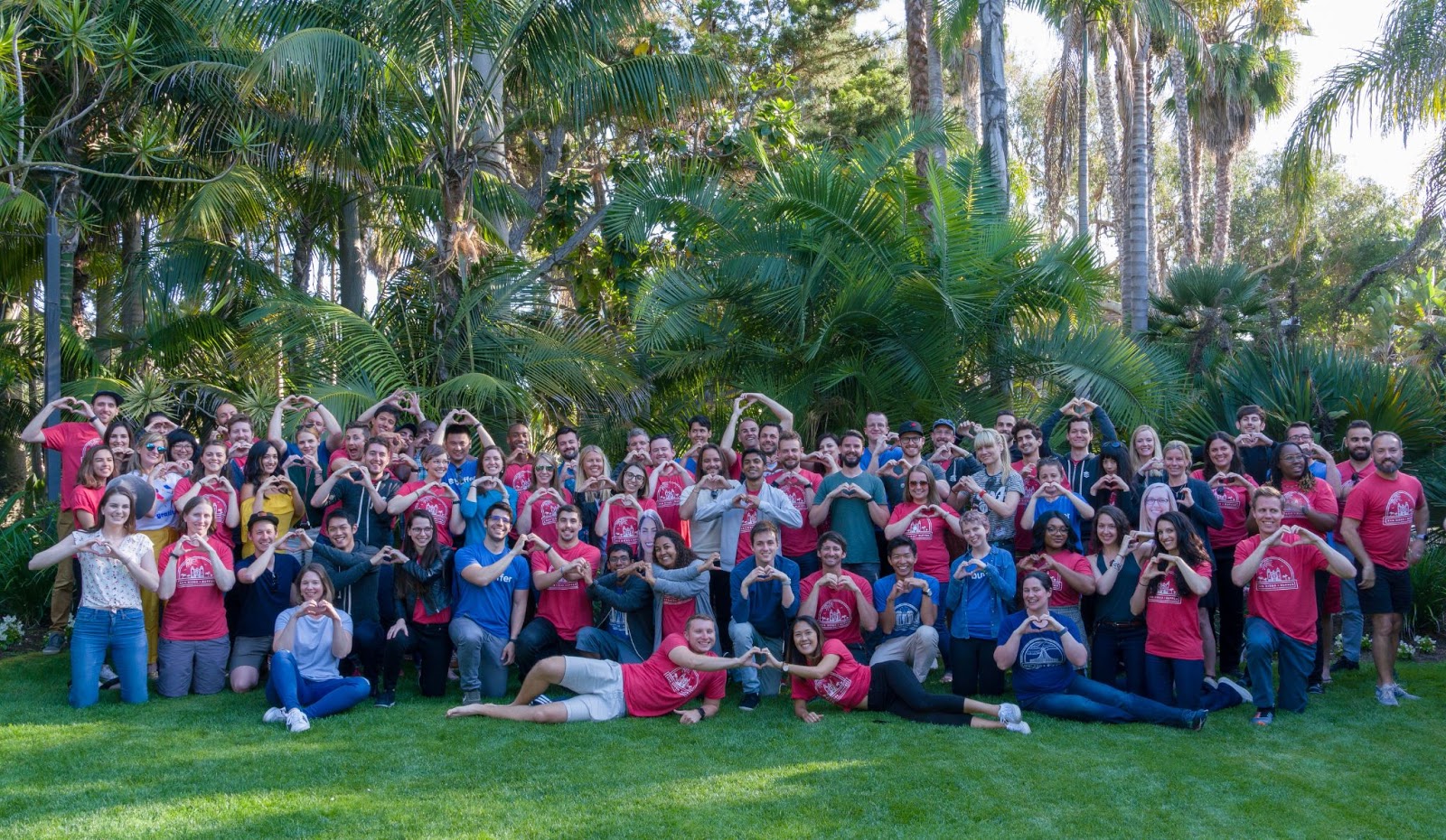Built With MongoDB: Buffer
I first became a fan of Buffer during graduate school. While managing social marketing for student clubs and conferences, I relied on Buffer to manage our fun marketing campaigns.
Buffer is a popular social media software that enables small businesses and content creators to plan, publish, and analyze marketing campaigns across social channels. It serves 67,536 customers across over 85 countries. The company has over $21M annual recurring revenue and has been in business for 10 years now.
I recently had the opportunity to speak with Dan Farrelly, Buffer’s CTO, about the fast-growing company, his experience with MongoDB for Startups, and the challenges of growing into a CTO position.
MongoDB: Let’s go back to February 2014. At that time, Buffer was a much smaller company — only about 15 people, compared with the more than 80 people now. What drew you to join?

Dan: Hands down, the culture. There were two things that were unique about Buffer at that time: First, it was an entirely remote team. This was rare in the pre-pandemic world. Second, there was incredible transparency both inside and outside the org. The company was so open about salary that on the Buffer Jobs page, it had an estimated salary calculator based on role and experience. Internally, all revenue numbers and company metrics were accessible to the entire team. The executives being an open book enabled trust and free communication across the organization.
And like any startup, we were all-in. Early on, I remember being at a taco shop on a Friday evening when the then-CTO texted me that the servers were crashing. I opened up my laptop at the restaurant and just started troubleshooting — doing whatever I could to try to mitigate the issue. Many people depended on us to manage their social identities, and so with a taco in one hand, and a phone on the other, we figured it out. Working at a startup is such an incredible learning curve; you have to be scrappy, push the boundaries, and find creative ways to deliver results.
MongoDB: Why did the team decide to build with MongoDB?
Dan: Our culture has always been engineering-centric, focused on shipping code as soon as it’s ready for production. We encourage continuous delivery of our applications.
MongoDB’s products resonate with that lean culture. MongoDB doesn’t require schema migrations; the flexibility and ease of use enabled us to practice the type of engineering we wanted. MongoDB became our partner in being fast and delivering often. An additional benefit was the ability to scale easily: one type of application we were building (content scheduling for social media) had massive collection of data that had to be scheduled which required very high throughput — we were posting hundreds of thousands of times a day for social media accounts. MongoDB Atlas allowed us to scale and ensure we didn’t have to worry about our database over the years.

MongoDB: Had you used MongoDB before joining Buffer?
Dan: I had taken a MongoDB University course in 2012 focused on MongoDB for Node.js developers, and I had built a few side projects and prototypes with MongoDB. The course itself was fantastic: it not only talked about basic things such as setting up replication, sharding, and how the database itself works, but it also talked about some of the more complex elements (how drivers work, write concern, and fully leveraging the database).
But the best way to learn about MongoDB was putting out fires at Buffer. Early on, we had monitoring and scaling issues, not with the database but with the code, and our team had to get smart about diagnosing specific issues in our application.

MongoDB: What advice do you have for an engineer who wants to grow into a CTO position someday?
Dan: Engineers can pursue their own roles and do a really good job while still having a limited perspective of the company. In order to become a CTO, you really need to broaden that perspective, and understand how technical strategy supports business goals. The CTO doesn’t have to be the most technical person on the team, but has to have a well-rounded view of the business and also effectively communicate across the stack.
Transparency at Buffer helped me develop a wider perspective of the business. If you have ambitions to grow into a CTO role, build relationships across the organization — on the technical and business sides — and think strategically about how the code you ship drives business metrics.
Looking to build something cool? Get started with the MongoDB for Startups program.